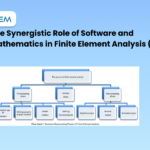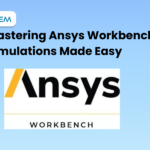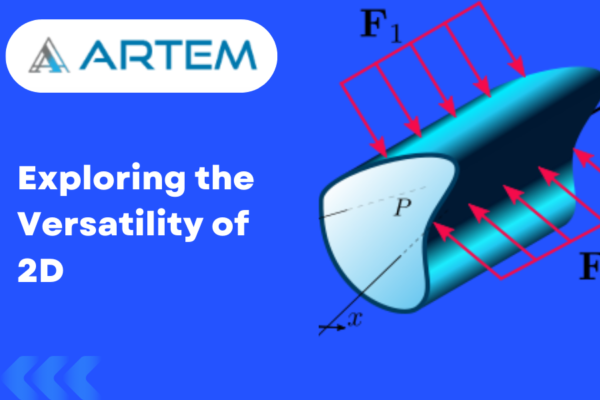Empowering Engineering Solutions: Mastering ANSYS Workbench
In the realm of engineering simulation, mastering ANSYS Workbench is a transformative journey toward unlocking unparalleled problem-solving capabilities. This article delves into the significance of ANSYS Workbench, exploring how it empowers engineers to deliver innovative and effective solutions across a spectrum of engineering challenges.
The Powerhouse of Simulation: ANSYS Workbench
ANSYS Workbench stands as a cornerstone in the field of engineering simulation. Its robust capabilities extend across structural, thermal, fluid dynamics, and various multiphysics simulations. Mastery of ANSYS Workbench offers engineers a versatile toolkit to address complex real-world scenarios with accuracy and efficiency.
Key Elements of Mastery:
Multidisciplinary Simulations: ANSYS Workbench facilitates seamless integration of diverse simulation modules, enabling engineers to explore multidisciplinary interactions within a unified environment.
User-Friendly Interface: The intuitive interface of ANSYS Workbench ensures that engineers can navigate through complex simulations with ease, focusing on problem-solving rather than grappling with software intricacies.
Parametric Optimization: Harnessing the power of parametric optimization, engineers can systematically explore design spaces, fine-tune parameters, and optimize products for enhanced performance.
In-Depth Analysis: ANSYS Workbench provides a platform for in-depth analysis, allowing engineers to gain comprehensive insights into structural integrity, thermal behavior, fluid flow dynamics, and more.
Time and Cost Efficiency: By eliminating the need for physical prototypes through virtual testing, ANSYS Workbench contributes to significant time and cost savings in the product development lifecycle.
Applications Across Industries:
Aerospace: Simulating structural integrity, aerodynamics, and thermal performance of aircraft components.
Automotive: Analyzing crashworthiness, optimizing engine performance, and enhancing overall vehicle safety.
Energy: Modeling heat transfer in power plants, optimizing turbine design, and simulating fluid dynamics in renewable energy systems.
Biomedical: Analyzing the structural behavior of medical devices, simulating blood flow, and optimizing designs for enhanced biocompatibility.
The Mastery Journey:
Becoming proficient in ANSYS Workbench involves a continuous learning process. Engineers can benefit from online courses, hands-on projects, and collaboration with the vibrant ANSYS user community to continually refine their simulation skills.
Conclusion:
Empowering engineering solutions goes beyond theoretical knowledge; it requires the mastery of tools like ANSYS Workbench. Engineers who embark on this journey unlock the potential to revolutionize industries, pushing the boundaries of innovation and problem-solving. As technology evolves, mastering ANSYS Workbench remains a strategic investment in shaping the future of engineering excellence.




